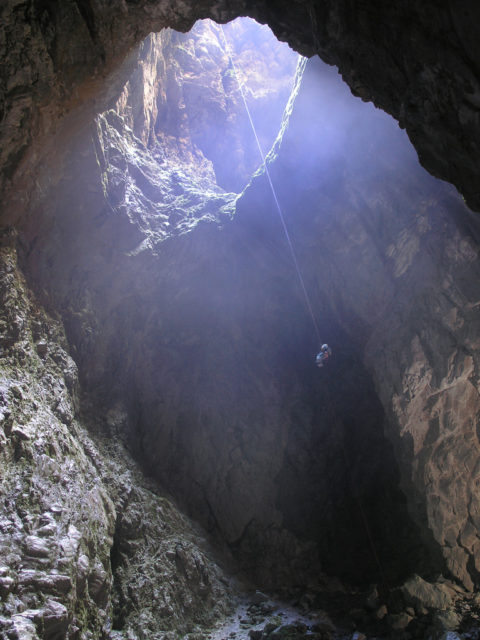A prehistoric creature, a kind of pre-historic “Batman”, that lived 16 million years ago has been found within New Zealand. Paleontologists have discovered fossilized remnants of a new bat species that is three times as big as a modern bat, and it walked on its legs. The fossil was discovered close to Central Otage on New Zealand’s south island, which was a large prehistoric body of water known as Lake Manukerikia. The lake itself was a portion of the subtropical rain forest when the creature survived in the early Moicene. The new species, known as the Mystacina miocenalis, was documented in the journal Plos One, and is connected to another type of bat which currently lives in New Zealand’s older forests.
New Zealand’s solitary native terrestrial mammals include three species of a bat, which are two belonging to the Mystacina species; one of which was last seen in the 1960s. They are identified as burrowing bats, for the reason that they forage on the ground underneath the snow and leaves by scuttling on their wrists and feet. While they keep their wings tightly bound, they can also hunt in the air.

Mystacina bats were believed to have a history in New Zealand, but currently, the oldest fossil of the bat in New Zealand was in a cave from South Island. It dated back 17,500 years. The new finding has made experts rethink when the strange walking bats initially arrived from modern Australia.
This will help us interpret the volume of bats to original populations on islands, and the climatical conditions needed for this to occur. Bats are crucial seed dispersers and pollinators that support healthy forests. Finding the connections in the bat zoology of various landmasses is essential for evaluating the conservation priorities of delicate island ecosystems.
The new species has similar teeth to its contemporary relation; it is proposed they ate a varied diet that comprised of spiders, insects, fruit, pollen, and nectar. Limb bones discovered in the fossil deposit also displayed similar structures made for walking. At a weight of 40 grams, the fossil was about three times denser than its current living cousin. Sizes of bats are physically strained by the demands of flying and echolocation, as you are required to be small, accurate and quick to chase insects in the night. The uncommon large size of this bat proposes it was hunted less while flying, instead preferring to hunt for large fruit and living prey on the ground. The group also discovered a different array of plant, insect, and animal fossils at the location, which shows that the 16 million-year-old sub-tropic system bore several resemblances to the more temperate one that exists currently.
